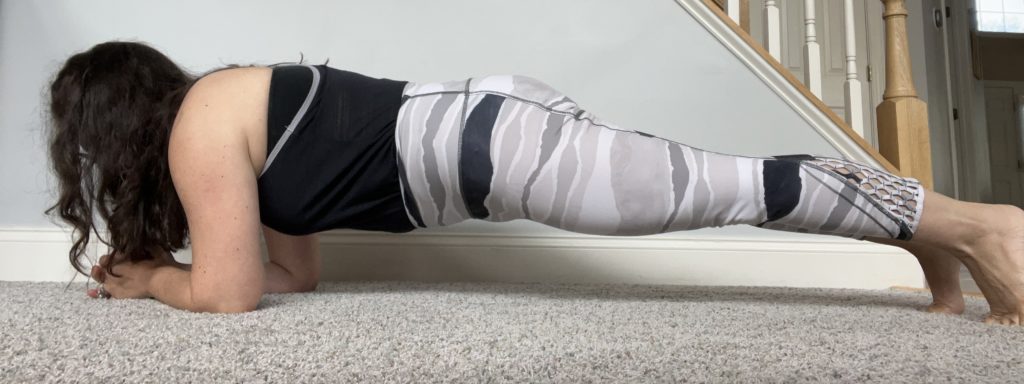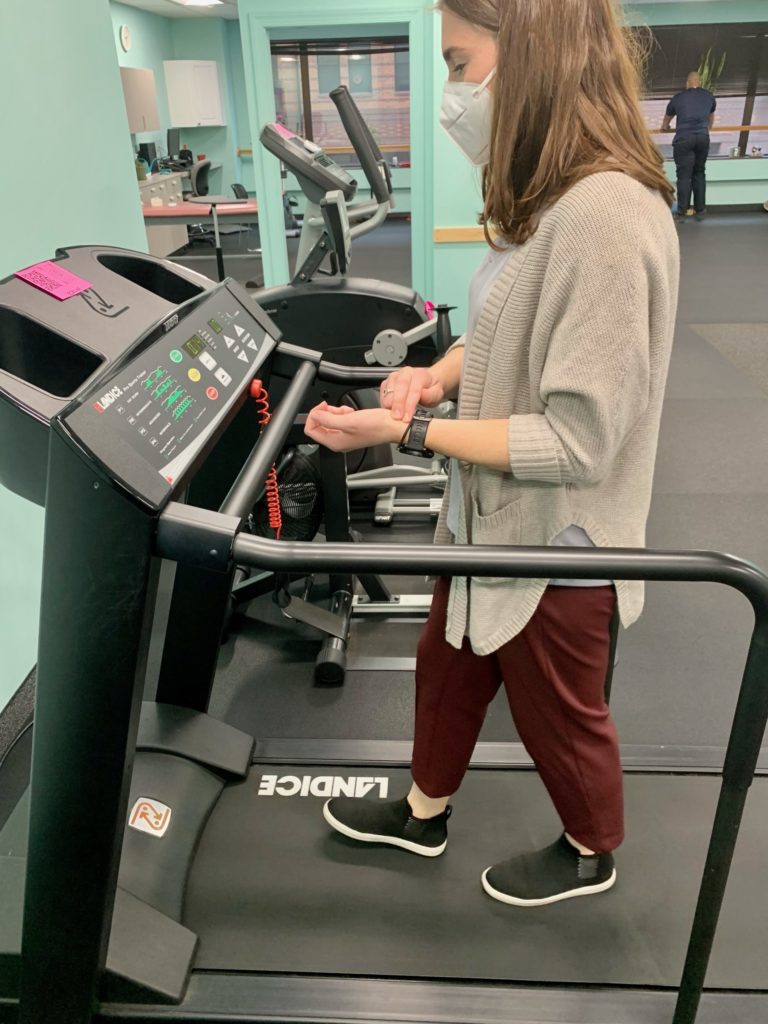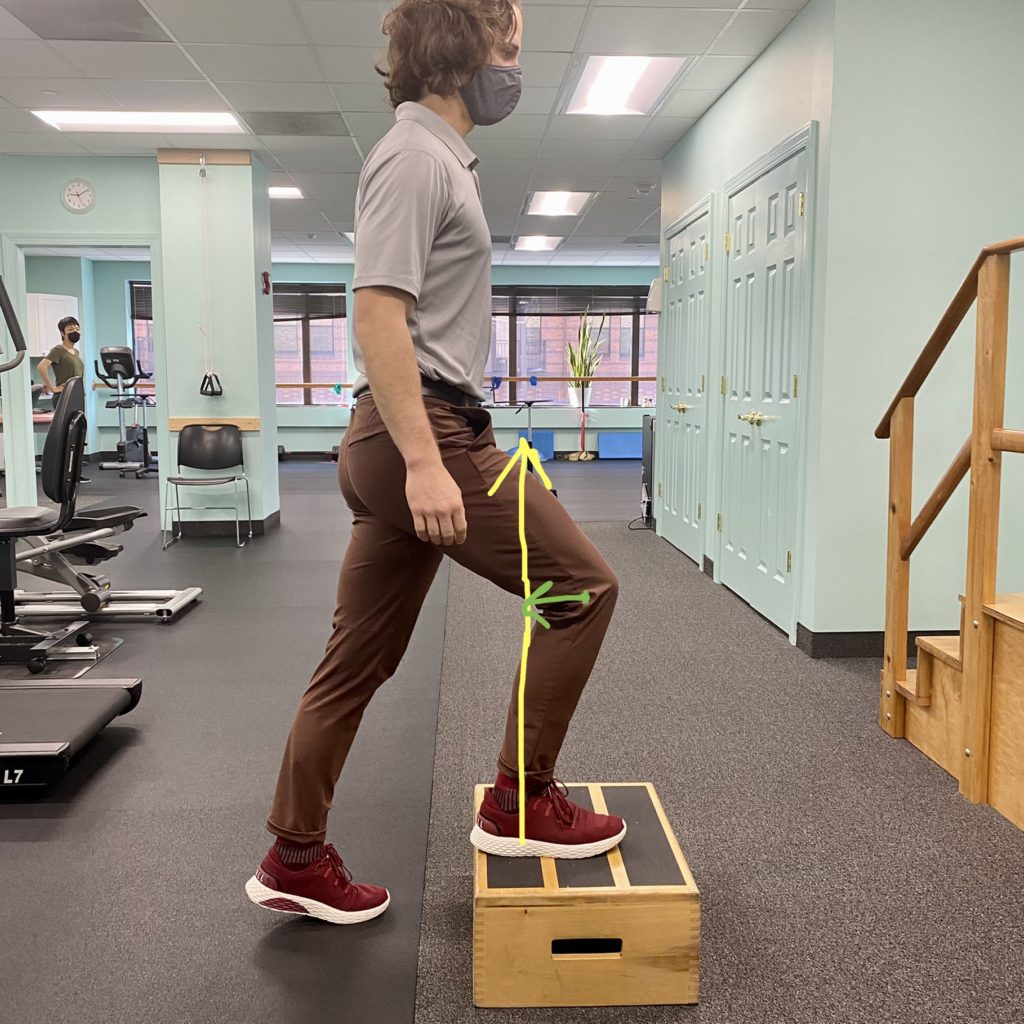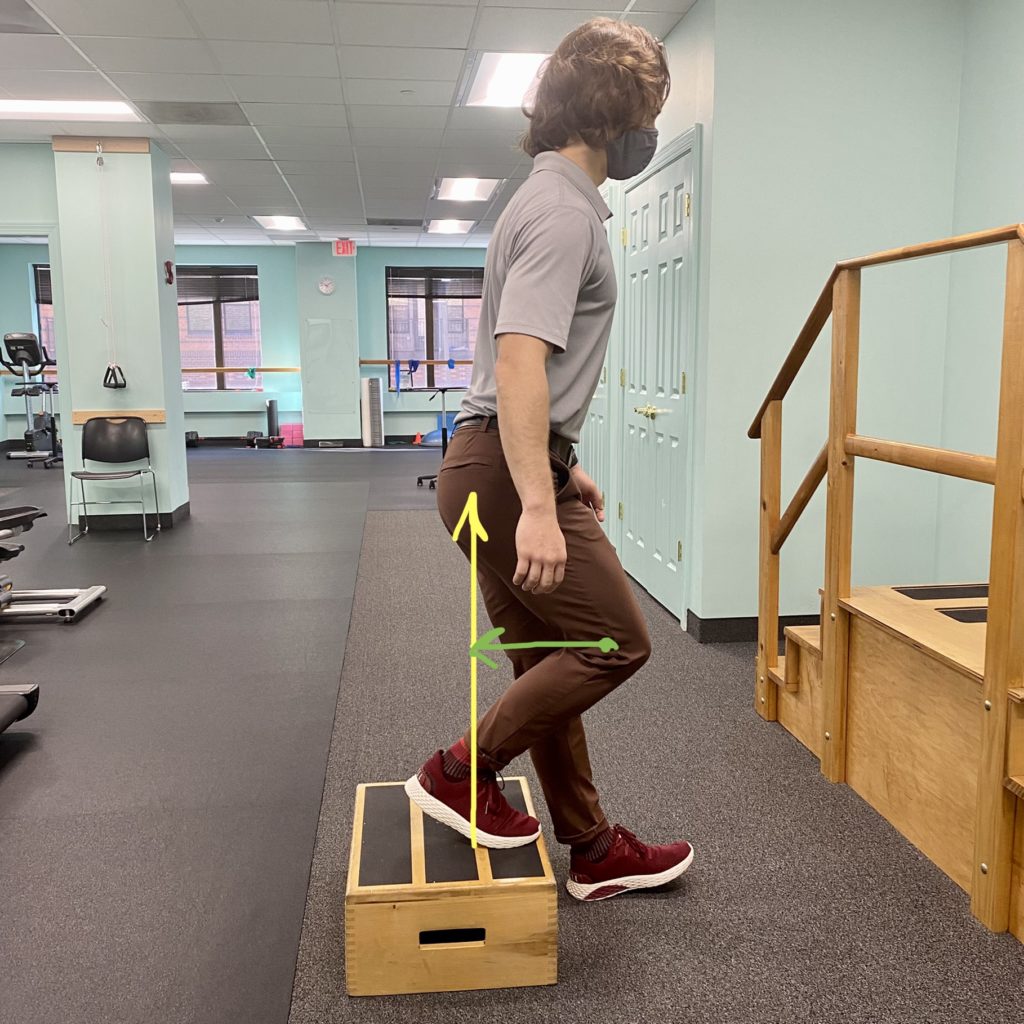No matter what your occupation is, it is very likely that you pick things up (and put them down) from lower surfaces at least once throughout the day (both in and out of work). Whether it be packages, weights, children, groceries, something you dropped on the floor, etc., knowing how to properly lift is extremely important for your physical health.
When lifting, it is important to remember the 5 L’s:
1. Load- know your limits! If an object is too heavy, do not be afraid to ask for help.
2. Lever- for heavier objects, it is important to decrease the lever arm (your arm length usually). Lifting something closer to your body will decrease the strain on your back and also make it easier to lift.
3. Lordosis- always do your best to maintain a neutral spine when lifting and avoid bending over (even if it is for something of little weight). It is also important to remember to minimize the amount of twisting you do when lifting something. Rather than twisting to put a box/groceries/etc on a table, try doing a small pivot.
4. Lungs- believe it or not, breathing is important in a heavy lift. A good rule of thumb is to take a deep inhale when preparing for the lift and then exhale during the lift. The biggest thing to remember is to NOT hold your breath when lifting something heavy.
5. Legs- you’ve probably heard it loads of times, but here it is again – lift with your legs NOT your back. Your legs can produce more power during a heavy lift than your back. Using your legs can also help you maintain a neutral spine.
So whether you are at the gym lifting weights, picking up your phone, lifting up groceries, or picking up your young one, remember these tips and your back will be sure to thank you.
Written by: Dr. Taylor Ryan, staff physical therapist at HPT




